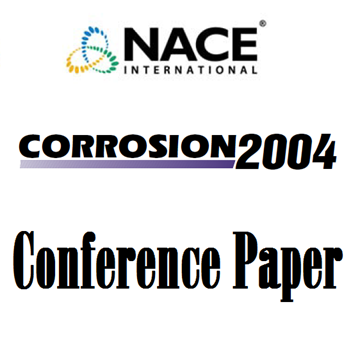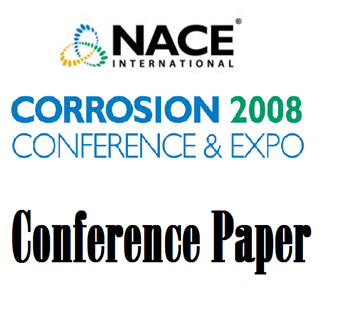Search
00653 REMEDIATION OF CORROSION PROBLEMS INSIDE FIRE SPRINKLER SYSTEM PIPING
Also Purchased
04511 Some Recent Failures of Fire Sprinkler System Components: Corrosion Case Histories
Product Number:
51300-04511-SG
ISBN:
04511 2004 CP
Publication Date:
2004
$20.00
00401 MICROBIOLOGICALLY INFLUENCED CORROSION IN FIRE PROTECTION SPRINKLER SYSTEMS
Product Number:
51300-00401-SG
ISBN:
00401 2000 CP
$20.00
08508 MIC in Fire Sprinkler Systems - Field Observations and Data
Product Number:
51300-08508-SG
ISBN:
08508 2008 CP
Publication Date:
2008
$20.00




